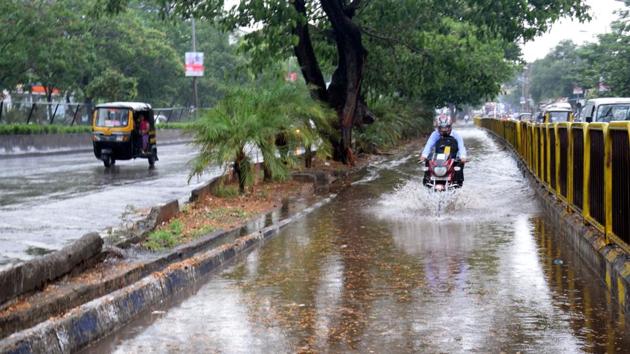Four ambulance services delayed in Pune as roads submerged in rainwater
Amulance services across the city were drastically affected due to the traffic congestion caused by the rains at many of the major chowks.
With the first monsoon showers of the year hitting the city, traffic on many of the roads came to a compete standstill as they were facing the brunt of waterlogging. While many of the commuters struggled to make it to various parts of the city, the emergency medical services were also stuck at various parts of the city.

Kolumbus ambulance service, which has 35 ambulances in their fleet, had two of their ambulances stuck in traffic from Tadiwala road to Ruby Hall hospital and towards Bund Garden road due to the rains.
“The ambulance was going to pick up a patient from Ruby hall and it was stuck for over 45 minutes. This could have had drastic consequences in many cases,” informed the Ajay Kulkarni, director, Kolumbus ambulance service.
Similarly, two more ambulances of the Life link ambulance service were stuck at the Sancheti hospital road and on Mangaldas road.
“Luckily the patient we were carrying was for an MRI from Sashwat hospital in Kothrud to Star Imaging centre, but it was very tiring for the patient,” informed Ankush Gulwane, director of the Life link ambulance services.
Deputy commissioner of police, Ashok Morale said that we can all try and help such ambulances in distress in dire circumstances.
“When it is a natural calamity, we should always create a way for the ambulances and help as many people as possible. Our force is equipped to help out at such emergencies and we even call for cranes to clear pathways if needed but we also need strong support from the commuters. People themselves should clear way for any ambulance passing. It is tough when commuters are unwilling to clear pathways and it gets difficult for our policemen also to personally handle each to help create pathways,” he said.
DCP Morale also suggested to the Municipal authorities that they should have exclusive lanes for ambulances on the arterial roads and main roads there are hospitals. He added that this could help save a lot of lives.





